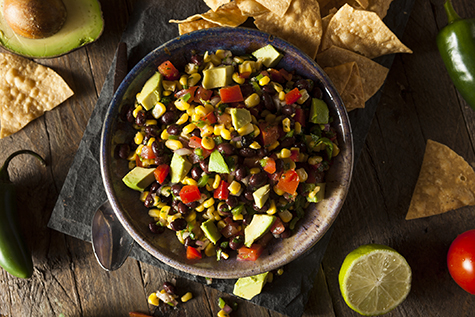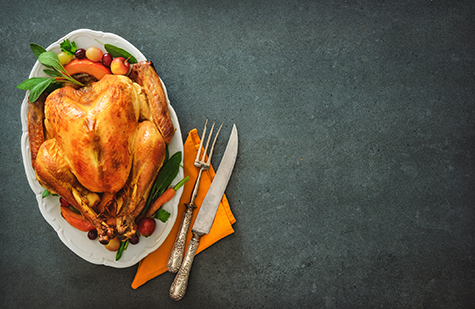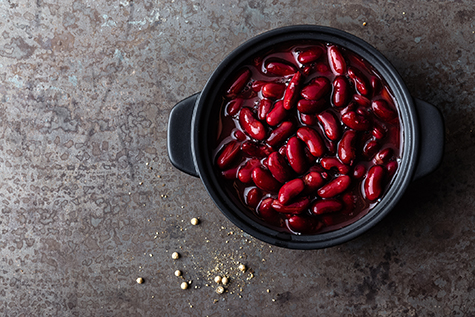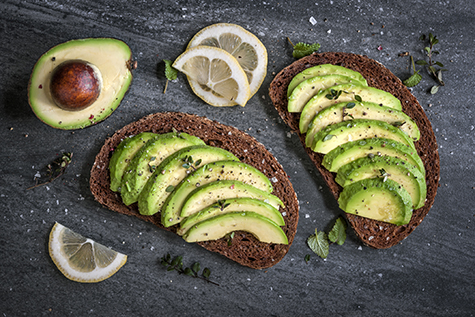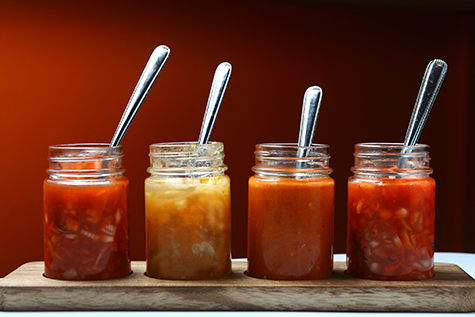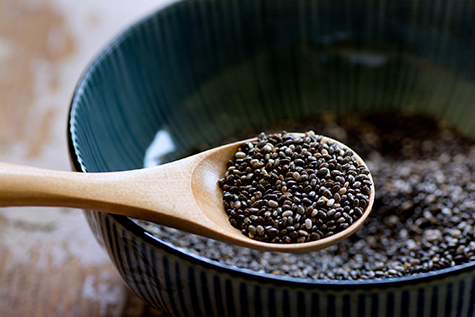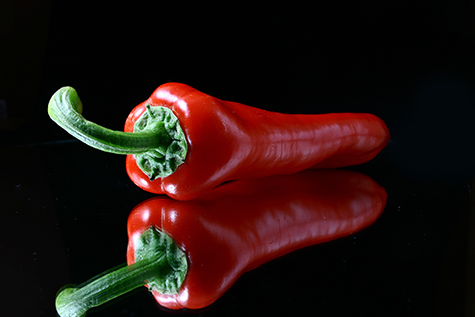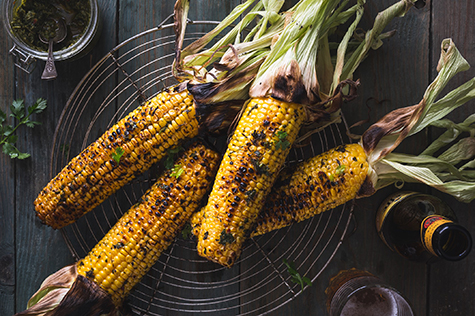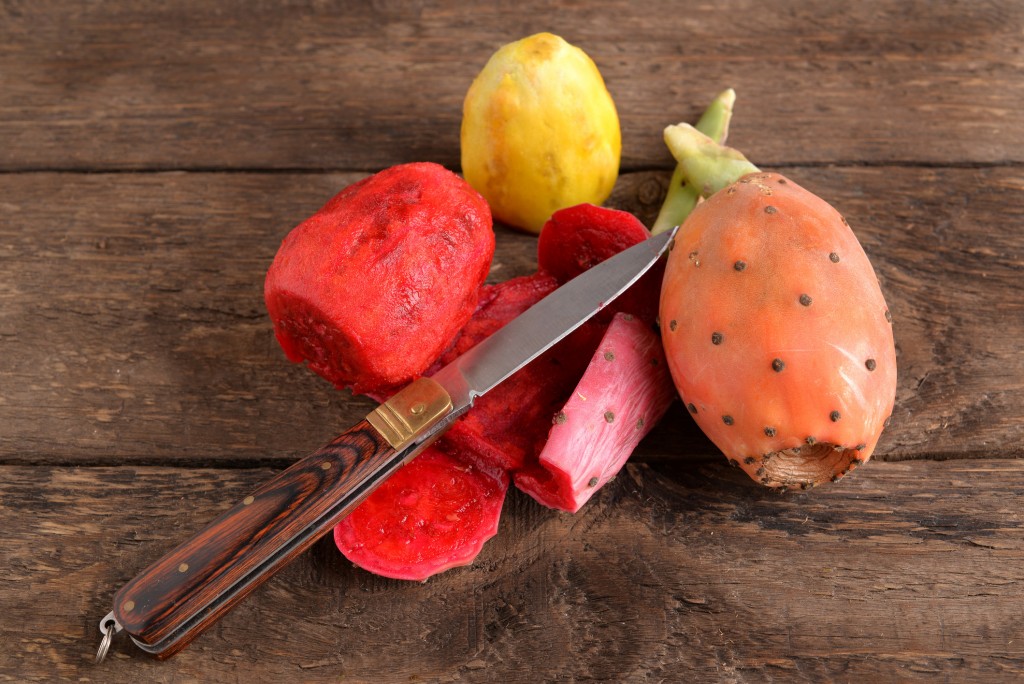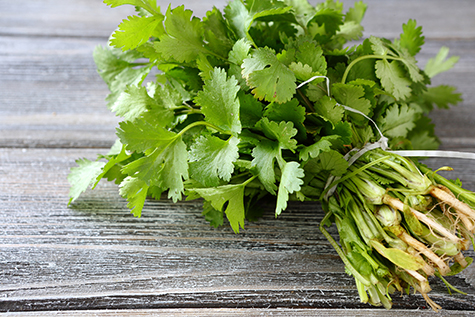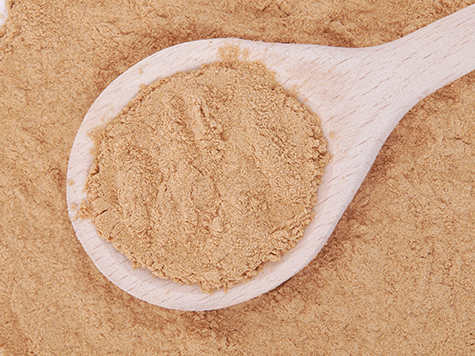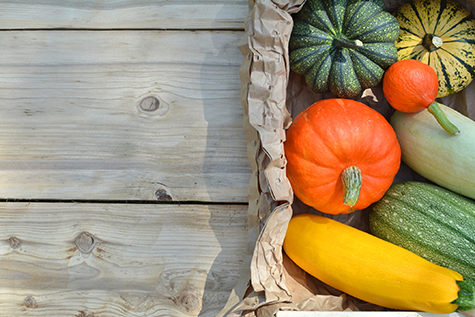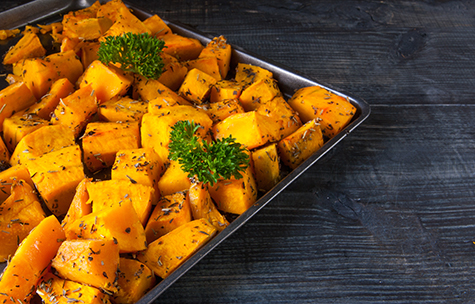Howdy! Meet the Delicious Superfoods of the Southwest

When we think of the Southwest, what do we picture? Beautiful red rock landscapes. A saguaro cactus silhouetted against a perfect sunset. A bright blue sky with fluffy clouds. A pitcher of Margaritas?
Super healthy, age-defying foods probably don’t come to mind. Most of us think of what’s come to be known as Tex-Mex cuisine — lots of cheesy, spicey, tomato-y dishes wrapped in tortillas. Delicious, yes, but good for you? Not so much. But if you dig a little deeper and explore what indigenous people grew and ate in the Southwest, you’ll find there are plenty of foods that are tasty, healthful and typical of the region.
Here’s my list of some top Southwestern superfoods that provide plenty of nutrients that help us age better:
Turkey — Low in fat and high in protein, turkeys are native to Mexico and Central America. One 3.5 oz serving (about the size of a deck of cards) of skinless turkey breast packs 30 grams of protein—but only 161 calories and 4 grams of fat. Turkey also contains good amounts of B vitamins, phosphorus, potassium, iron, zinc and selenium, which is an important antioxidant and boosts immunity. Turkey famously contains tryptophan, an amino acid that triggers serotonin production and helps promote sleep and relaxation.
My recipe for Turkey Molé brings together so many flavors of the Southwest—green chilies, jalapeños, dark chocolate, cinnamon and cardamom.
Beans – There’s almost never a Southwestern meal without them. Generally thought of as a low-cost, low status food, beans are rich in so many FoodTrient properties! They’re low in fat but high in protein and fiber, which can keep blood sugar stable. Deeply colored black and red kidney beans are high in antioxidants. Beans provide generous amounts of vitamins and minerals including thiamin, riboflavin, niacin, vitamins B6, A, C and K, calcium, iron, magnesium, phosphorus, potassium, folate, manganese and copper.
Try my delicious Black Bean and Pineapple Salsa recipe.
Avocados – True, avocados contain 77 percent fat, but it’s healthy unsaturated fat that the body uses for slow burning energy and maintaining moisture and elasticity of the skin. Avocados are also loaded with vitamin E and antioxidant carotenoids that help protect skin from the aging effects of the sun. They provide 18 essential amino acids necessary for the body to form a complete protein while the oleic acid they contain helps reduce inflammation. A 3.5 ounce serving of avocado contains 7 grams of fiber, which is 27 percent of the recommended daily amount. Then there’s their delicious, buttery taste! I have a number of delectable avocado recipes in both my Age Gracefully and Age Beautifully cookbooks.
Tomatoes – Technically a fruit, but used as a vegetable, tomatoes are in the nightshade family with eggplants, chilies and potatoes. Tomatoes cooked in oil are especially rich in a carotenoid called lycopene, which is associated with reducing prostate cancer. The deep red color of tomatoes is due to the presence of lutein, which is important for maintaining eye health. The anti-cancer properties of tomatoes are enhanced when consumed with fat-rich foods such as avocados, so enjoy!
My recipe for Tomato Curry Soup may not exactly be Southwestern, but it provides plenty of health-boosting FoodTrients, and you can always add some chiles and cilantro. And here’s an indispensible recipe for Pico de Gallo, which is great for dipping chips or spooning onto chicken breasts.
Chia seeds — Like many Southwestern foods, chia seeds came north with Spanish explorers and descendants of indigenous Mexican people. The tiny black seeds of the chia plant contain an easily digestible protein and a good dose of heart-healthy Omega 3 fatty acids—eight times as much as wild salmon. They also reduce cholesterol, help maintain beneficial blood sugar levels and are great for detoxing your whole system. Two tablespoons of chia seeds provide as much calcium as half a cup of milk without the fat or lactose. Finally, chia seeds help to metabolize fat and reduce levels of stress hormones that promote fat storage.
Nutrition-packed Chia Frescas are my versions of Mexican agua frescas.
Chilies – These are the heart and soul of Southwestern cuisine. From sweet and mild to fiery hot, the heat factor in chilies comes from a substance called, capsaicin. Chilies are a good source of vitamin C as well as A, K, B6 and folate. They also provide good amounts of potassium, fiber and beta-carotene. Research has linked eating hot peppers with reduced blood pressure and cholesterol.
Here’s a delicious recipe that contains two ingredients that are in season right now in high summer:
ROASTED CORN AND HATCH CHILIES WITH AVOCADO
4 ears of fresh corn, shucked
1 fresh Hatch chile pepper (or milder Anaheim pepper)
1 avocado cut into cubes
1/3 cup crumbled goat cheese
1 Tbsp. fresh lime juice
1 Tbsp. extra virgin olive oil
Salt and pepper to taste
- Heat a grill to medium heat, and lightly oil the grate.
- Cook corn and chile pepper on the preheated grill until corn is slightly charred and chile pepper is blistered, about 20 minutes.
- Place chile pepper in a brown paper bag. Let steam until softened, about 5 minutes. Peel skin off chile pepper and chop.
- Cut corn kernels off the cob into a large bowl. Stir in chopped chile pepper, avocado, goat cheese, lime juice, olive oil, salt, and black pepper.
- Serve with corn chips or as a side dish.
Nopales – These are the paddles of the cactus plant. You can find them fresh in Latin markets or online. One cup is a generous source of vitamins A and C and provides significant amounts of manganese, magnesium, calcium and potassium. It’s also an excellent source of dietary fiber, while extremely low in calories and carbohydrates.
To serve, nopales are usually cut into strips and simmered for about twenty minutes to make them tender. They can also be roasted or grilled, then cut into strips once cooled. The strips are delicious in scrambled eggs, soups, stews, salsas or in salads. I like to add them to ceviche right before I serve it to my guests.
I love nopales and have created several recipes, including Grilled Mexican Shrimp with Prickly Pear Cactus, that you might enjoy.
Cilantro — This is the green, leafy version of coriander. It has a bright, fresh taste and is loaded with FoodTrients. Cilantro is high in vitamins and fiber and it’s a good source of vitamins A, C, E, K, calcium, iron, potassium, and magnesium. Just a ¼ cup of fresh cilantro provides 270 IU of Vitamin A, and 16 percent of the daily value recommended of vitamin K, which is important for heart health, bone density and brain function. This herb contains antioxidants that help prevent cellular damage caused by free radicals that are linked to degenerative diseases like cancer, heart disease, arthritis and Alzheimer’s disease. As if that weren’t enough, chewing on a few leaves of cilantro will freshen breath and can be a digestive aid.
Mesquite – You’ve probably heard of it as a barbeque flavoring, but do you know what it is? Mesquite is a spiny tree or shrub related to the pea family. It’s native to arid regions of southwestern U.S. and Mexico. The wood is useful for timber and it has edible pods. Most mesquite is eaten as flour ground from the dried pods. The flour has a sweet, slightly nutty flavor. It has a high-protein, low-glycemic content and is gluten free. This flour is rich in dietary fiber and is 13 percent protein. It also contains significant quantities of calcium, magnesium, potassium, iron and zinc. You can order it on Amazon or find it in health food stores.
You can put mesquite flour in smoothies or add it to wheat flour in baking. It adds nutrition and a delicious nutty flavor.
Squash and pumpkin – Pumpkin is, of course, a squash and you find them in Southwest recipes. The orange color of pumpkins, acorn and butternut squash means they’re loaded with the antioxidant beta-carotene, which is one of the plant carotenoids your body converts to Vitamin A, which is essential for healthy skin, sharp eyesight, and boosting the immune system. All these squashes are low calorie, yet filling. They’re good sources of fiber, healthy fats, rich in beta-carotene and high in anti-inflammatory beta-cryptoxanthin.
ROASTED SOUTHWESTERN SQUASH
1 cup each cut into in 1 ½-inch cubes:
–Sweet pie pumpkin
–Acorn squash
–Butternut squash
1 large brown onion cut into chunks
1 Anaheim chile, sliced ½ inch pieces
½ tsp. chili powder
½ tsp. cumin
¼ cup olive oil
½ fresh lime
Salt and pepper to taste
¼ cup fresh cilantro leaves, chopped
- Heat the oven to 375 degrees F.
- On a rimmed baking sheet, spread all the vegetables.
- Drizzle with olive oil; squeeze the lime and toss.
- Sprinkle the chili powder, cumin, salt and pepper.
- Bake for 40 minutes or until vegetables are tender.
- Sprinkle with the fresh cilantro.
Serve with baked chicken or carne asada.
